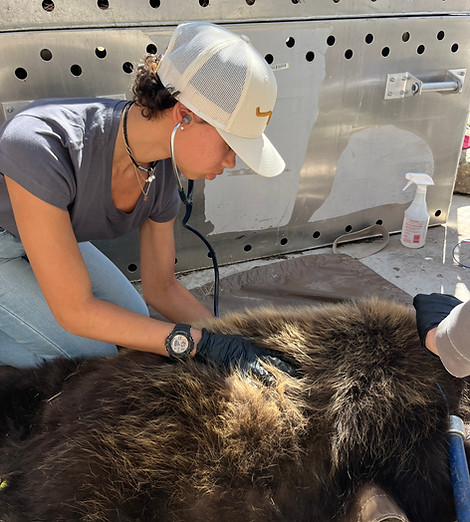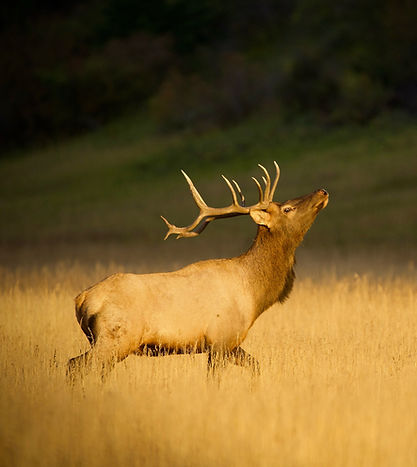
The Rocky Mountains and Pacific Northwest are not only known for their breathtaking landscapes, they’re also home to some of North America’s most iconic and vulnerable wildlife, including grizzly bears, wolves, bison, wolverines, and bighorn sheep. These regions support rich and diverse ecosystems, but the animals that live here are under increasing pressure.
Habitat loss, human development, and the growing impacts of climate change are disrupting migration patterns, reducing access to food and water, and fragmenting the wild spaces these species rely on. Less visible, but just as dangerous, is the threat of disease. As environmental stressors increase, so too does the risk of disease outbreaks— many of which remain poorly understood. These threats can spread quickly through already fragile populations, and without intervention, may lead to devastating declines.
To protect wildlife in the Rocky Mountains and Pacific Northwest, we must understand the full picture of what they're up against. Disease surveillance, early detection, and health interventions are critical tools in ensuring these species have a future in the wild.
OUR WORK IN GREATER YELLOWSTONE

Mentoring Young Wildlife Professionals
We believe that inspiring and educating future conservationists is essential to reversing species and population decline. By integrating university students directly into our field projects, we provide hands-on training while advancing real-world conservation efforts—ensuring both students and wildlife thrive.

NORTH AMERICAN WILDLIFE

Moose populations in southern North America have declined due to disease, climate change, habitat loss, and predation. After a major die-off in Wyoming in 2018–2019, VIEW and partners launched a pilot study to investigate causes of death and monitor moose migration.
MOOSE

Tracking elk herd movements is essential for monitoring disease spread. Diseases like brucellosis and chronic wasting disease can spread quickly, especially when herds mix with livestock. Knowing where elk travel helps identify high-risk areas and protect both wildlife and livestock health.
ELK

Livestock diseases are well-studied, but wildlife health threats are less understood. Brucellosis can spread from bison to cattle, while mycoplasma-related pneumonia is a greater concern, killing up to 60% of domestic herds and threatening wild bison.
BISON



